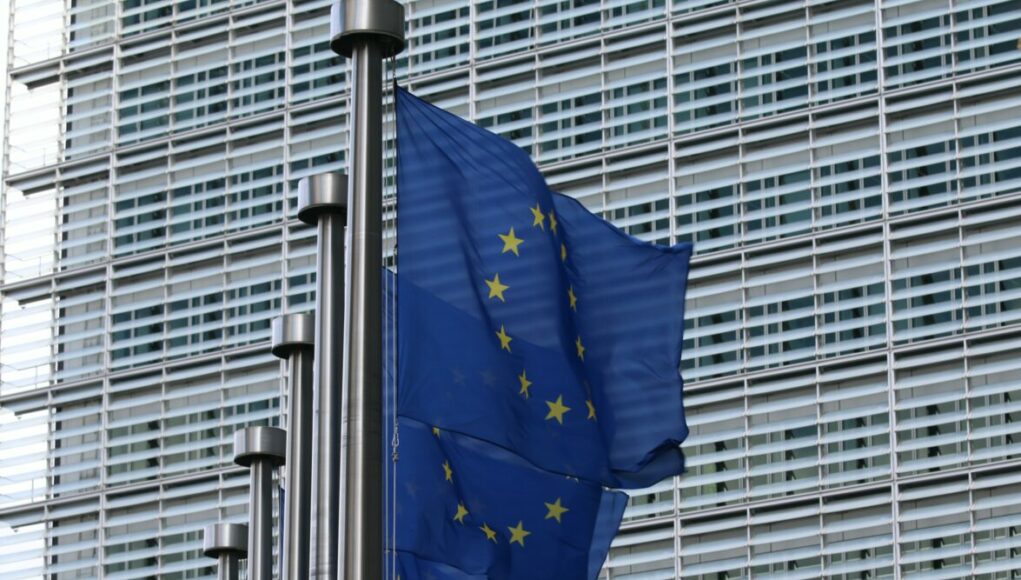INSIGHT by European Commission
| The Joint Research Centre of the Commission presented the 20th edition of its Annual Report on Forest Fires in Europe, the Middle East and North Africa, covering 2019. In what was the worst-ever year for forest fires around the world in recent history, over 400,000 hectares (ha) of Europe’s natural land was burnt and a record high number of nature protection areas were affected by wildfires. According to the findings of the report, climate change continued to affect the length and intensity of fire danger in Europe. By March, before the ‘fire season’ in most countries, the EU’s total burnt area was already above the annual average of the last 12 years. However, thanks to better preparedness and more efficient response, the 2019 season was one of the best ever in terms of preventing accidents and loss of life.
| Key findings of the report
〉National reporting from countries showed that Spain, Portugal and Poland recorded the highest number of fires in EU countries in 2019;
〉Romania (73 444 ha burnt area) was the country with the greatest damage to its protected areas in 2019, according to the European Forest Fires Information System (EFFIS);
〉Wildfires heavily affected Europe’s ‘Natura 2000‘ protected areas: With 159,585 ha burnt in 2019, nearly half of the total burnt area in the EU occurred within these key biodiversity zones;
〉The 2019 season was, however, one of the best in terms of preventing accidents and loss of life: Only three casualties occurred due to wildfires in the countries included in the 2019 report.
The Copernicus Emergency Management Service rapid mapping was activated 35 times to help fight forest fires in 2019, the most activations of any year so far.
The EU Civil Protection Mechanism was activated five times for forest fires and upgraded with rescEU in 2019, establishing a new European reserve which includes firefighting planes and helicopters.
The Biodiversity strategy proposed in May as part of the European Green Deal foresees actions to improve the health of European forests and strengthen our resilience to forest fires, and includes the target of planting at least 3 billion trees by 2030.
| Commissioner for Innovation, Research, Culture, Education and Youth, responsible for the Joint Research Centre, Mariya Gabriel, said: “For over twenty years the Joint Research Centre has worked with countries across Europe to provide the most up-to-date trends on forest fires, helping prevention efforts and lessening their devastating impacts when fires do occur. Changing weather associated with climate change is increasing the risk of forest fires around the world. Knowledge and scientific evidence are central to taking the most effective measures to prevent these fires, safeguard our forests, preserve biodiversity and protect lives.”
| Commissioner for the Environment, Oceans and Fisheries, Virginijus Sinkevičius, said: “Europeans have seen horrifying pictures of forest fires on the West coast of the US, Siberia, Australia and the Amazon region. But the fires have also hit hard the forests in Europe. Part of the answer to ensure this does not happen at such a harmful scale lies in protecting and managing our forests in a way to reduce their vulnerability to fires, allowing nature to also protect itself.”
| Commissioner for Crisis Management, Janez Lenarčič, said: “Data and insights on forest fire risks and outbreaks are essential. They help us in prevention and preparedness, but also in responding more quickly and effectively when disastrous wildfires strike. With rescEU and our reinforced EU Civil Protection Mechanism we stand ready to assist, across Europe and beyond.”
| Background
The Commission’s Joint Research Centre provides a key contribution to wildfire disaster risk reduction in Europe and globally, through the development and operation of EFFIS and the Global Wildfire Information System (GWIS).
The Forest Fires in Europe, Middle East and North Africa reports are a unique source of information for fire managers and policymakers in European and neighbouring countries. They provide official statistics of wildfire impacts, reported annually by the fire administrations in these countries.








